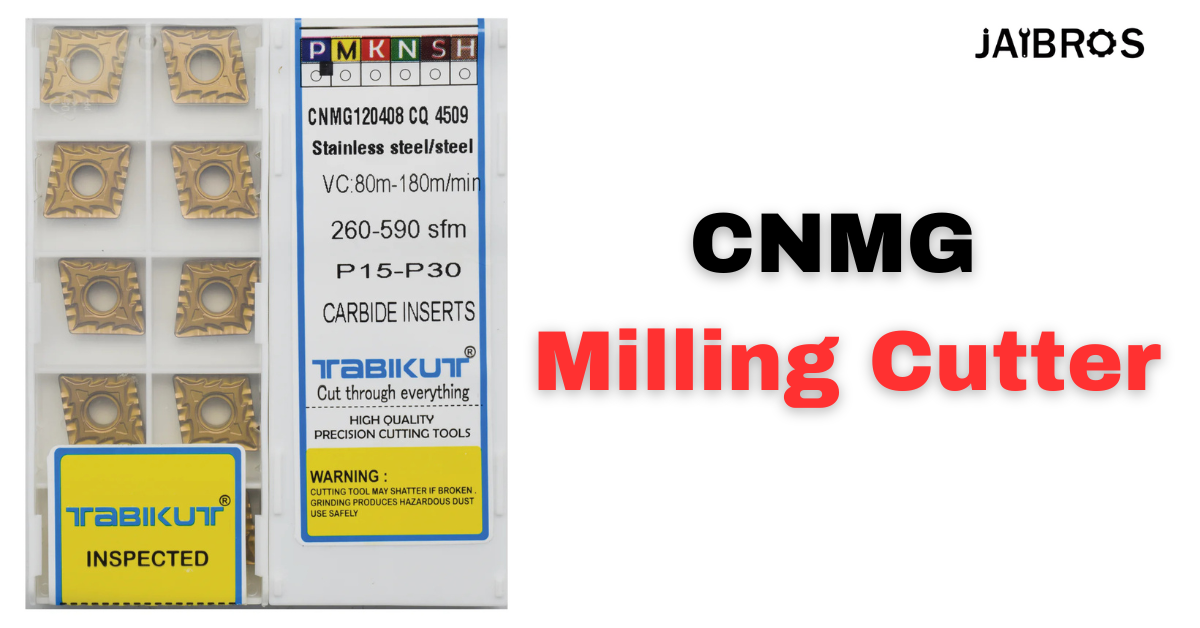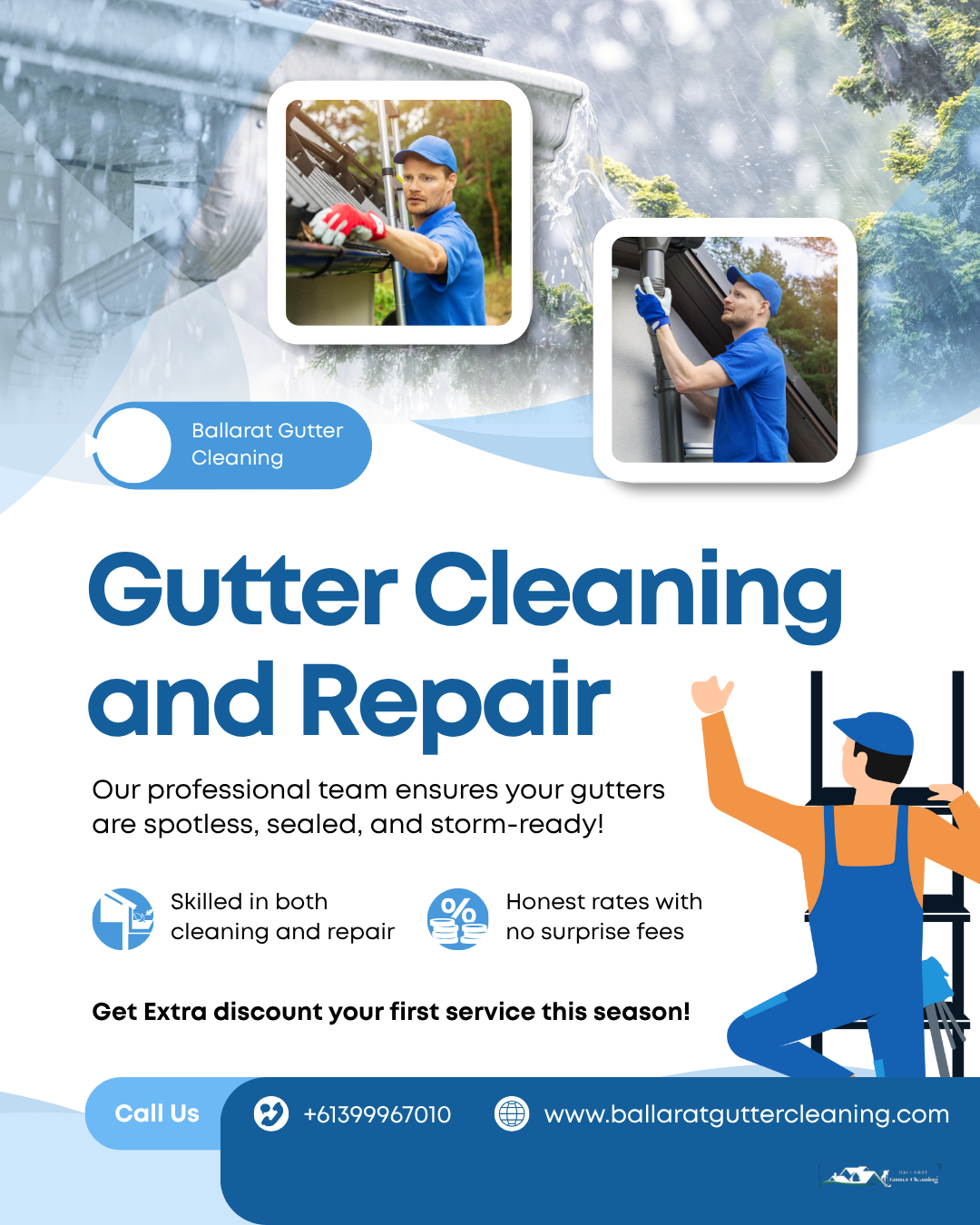The CNMG milling cutter is a strong and precise tool used in machining. It offers durability, smooth cutting, and better results for both beginners and experts.
What is a CNMG Milling Cutter?
Most individuals assume that CNMG is a fancy name, yet it is derived from an ISO code.
- The ‘C’ indicates that it has a diamond-shaped form with an 80° angle.
- The ‘N’ indicates no relief angle.
- The ‘M’ denotes the clamping style and tolerance.
- The ‘G’ indicates there is a hole with a chipbreaker.
These inserts can be indexed, meaning you can turn them around to utilize another sharp edge when one side wears off. That means you don’t have to dispose of it quickly. It serves longer and saves money as well.
They are constructed using carbide, which is quite hard and capable of withstanding high heat. This qualifies them for the purpose of cutting steel, stainless steel, and other hard materials. For instance, a popular insert is CNMG 120408. It measures 12.7 mm in circle size, 4.76 mm in thickness, and 0.8 mm in nose radius. That dimension is largely used for medium to rough cutting operations.
How to Use a CNMG Milling Cutter
- Prepare the Machine – Clean the tool holder, ensure everything is secure, and wear goggles and gloves. In case coolant is employed, ensure the ventilation is fine.
- Select Insert Cautiously – Select an insert appropriate for the material. For steel, employ P15–P30 grade. Ensure the size, nose radius, and whether it has a coating.
- Fit it Properly – Fit the insert into the holder, position the hole, and secure with proper torque. Don’t over-tighten, it will break.
- Set Speed and Feed – For stainless steel, maintain speed at 80–180 m/min. Use coolant to alleviate heat and let chips flow smoothly.
- Start Cutting – Start slow and build up speed. Maintain constant pressure. When one edge is worn, rotate the insert.
- Check After Work – Examine the part, clean the tool, and change the insert in case it is broken. Keep spares in their cases.
Safety Points
- Never force the tool beyond its capacity.
- In case of unusual sound or vibration, stop immediately.
- Inserts might get damaged if not handled properly, so handle them carefully.
- Maintain machine service on schedule.
Key Features
- The CNMG cutter has several things that make it practical:
- The diamond shape provides stable cutting.
- Carbide-made coatings are TiN or Al2O3, so durable.
- Able to cut stainless steel at 80–180 m/min.
Chipbreaker type assists in breaking chips into smaller fragments. This prevents clogging and provides an improved surface finish.
Insert has a central hole that keeps it closely held and eliminates vibration when running at high speed.
Why People Like to Use It
This cutter is cost-saving. Rather than purchasing a new tool each time, you simply replace the insert. It cuts steel, cast iron, aluminum, and most alloys. Roughing and finishing are both done with one tool. Factories love it because of this. It saves time, enhances finish, and maintains the job’s consistent.
Where It is Used
- Automobile industry – machining shafts, engine blocks, and other components.
- Aerospace – cutting hard, heat-resistant metals.
- Workshops – making samples, repair work.
- Tool and die making – for tooling and precision components.
It works on CNC lathes as well as on manual machines. For mass production or special work, it is a useful tool.
How to Choose the Right Insert
- Material – For steel, use coated inserts. For aluminum, uncoated is preferable.
- Nose radius – Small gives a smooth finish, large is more suitable for heavy cuts.
- Insert size – Match holder and machine. If it is too large for your equipment, it can overload.
- Speed and Feed – Always use what the supplier recommends.
- Catalog help – Referral to ISO charts or company catalogs can aid in the final decision.
Care and Maintenance
- Clean the holder before installing the insert.
- Turn the insert when there is wear on one edge.
- Do not sharpen, as inserts are throwaway type.
- Keep them in their original box to prevent dust and rust.
- Wear protective gear and use coolant when necessary.
Always operate the machine with the right settings to prevent sudden damage.
Why Buy From Jaibros
If you seek original CNMG products, Jaibros is one of the reliable shops in India. They deal in CNC tools, hand tools, and power tools at reasonable rates. Their CNMG inserts are also of quality and precise. Several well-known clients, such as ISRO and IIT Kanpur, also purchase from them. They provide fast delivery, a warranty against defects, and customer care. For professionals, they are a safe bet.
Conclusion
The CNMG milling cutter is a versatile tool in machining. It combines strength with precision and enables you to get the job done quicker with clean results. Properly chosen and cared for, it can work for you long time and save overall cost.
FAQs
Q1. What is a CNMG milling cutter applied to?
Primarily for turning jobs on lathes to cut steel, stainless steel, and other metals.
Q2. How do I interpret the CNMG code?
C = form, N = relief, M = tolerance, G = hole and chipbreaker. Numbers indicate size and radius.
Q3. What can it cut?
Steel, stainless steel, cast iron, and most alloys.
Q4. How often should I replace the insert?
When the edge gets chipped or worn off. Mostly after a few hours of usage.
Q5. Can I use CNMG inserts on any lathe?
Not all lathe inserts can be used with the CNMG.
They hold most standard tool holders, but always double-check with your machine setup.



